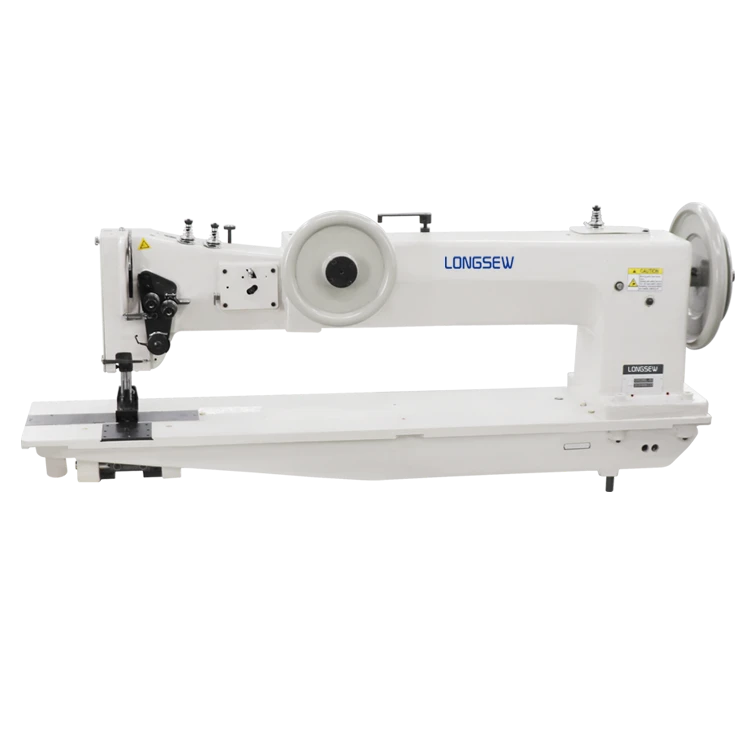Comprehensive Guide to Operating Your Leather Sewing Machine Effectively and Safely
Understanding Leather Sewing Machine Manuals A Comprehensive Guide
When it comes to sewing leather, having the right machine and understanding its manual can make a significant difference in the quality of your projects. Leather sewing machines are designed to handle the unique properties of leather, which can be thick, tough, and often require specialized techniques and settings. This article aims to provide insight into what you can expect from a leather sewing machine manual and how to utilize it effectively.
Introduction to Leather Sewing Machines
Leather sewing machines differ considerably from standard sewing machines. They are often equipped with features like walking feet, heavy-duty needles, and stronger motors, tailored specifically for sewing thicker materials. Whether you’re a professional leatherworker or a hobbyist, it's crucial to familiarize yourself with your machine's manual to unlock its full potential.
Key Components of a Leather Sewing Machine Manual
1. Machine Overview The manual usually begins with an overview of the machine. This section includes diagrams showing various parts, such as the presser foot, stitch plate, and feed dogs. Understanding these components will help you troubleshoot issues and perform maintenance.
2. Setup Instructions Proper setup is critical for successful leather sewing. Manuals provide step-by-step guides on how to thread the machine, change needles, and adjust tension settings. Following these instructions carefully can help prevent common problems such as skipped stitches or material jamming.
3. Stitch Settings Leather requires specific stitch types and lengths. Many manuals will describe recommended settings for different leather thicknesses and types. Typically, a longer stitch length (around 3.5 to 4 mm) is advisable for leather projects to prevent perforation and enhance durability.
leather sewing machine manual

4. Needle Selection The manual will often specify appropriate needles for various leather types. Leather needles have a wedge-shaped point that allows them to pierce the material cleanly. Choosing the wrong needle can lead to damaged leather or a malfunctioning machine.
5. Maintenance Guidelines To keep your machine running smoothly, regular maintenance is essential. Manuals will outline cleaning procedures, lubrication points, and indications of wear that require attention. Following a maintenance schedule helps prolong the life of your machine.
6. Troubleshooting Even the best machines may encounter issues. Most manuals include a troubleshooting section that identifies common problems (like thread breaking, incorrect tension, or fabric bunching) and provides solutions. Referencing this section can save time and prevent frustration.
7. Safety Precautions Operating sewing machines can pose safety risks. Your manual should include safety guidelines, such as turning off the machine when not in use, keeping fingers clear of moving parts, and not overloading the machine with material.
Maximizing Your Leather Sewing Experience
Understanding your leather sewing machine manual can empower you to take full advantage of your equipment. Experimenting with various stitch types and materials as suggested in the manual can help you discover new techniques and improve your craftsmanship.
Moreover, consider keeping a notebook with notes on your settings for different projects, as this can serve as a valuable reference for future work. Engaging with online communities or forums focused on leatherworking can also provide support and additional resources.
In conclusion, a leather sewing machine can open the door to countless creative possibilities, but understanding its manual is essential for achieving high-quality results. With patience and practice, following the guidance provided in your manual will equip you with the skills needed to master the art of leather sewing. Happy stitching!
-
Boost Production Efficiency with a Pattern Sewing MachineNewsAug.29,2025
-
Industrial Excellence with the Best Heavy Duty Sewing MachineNewsAug.29,2025
-
Precision and Power with the Best Pattern Sewing MachineNewsAug.29,2025
-
Reliable Bulk Packaging Starts With the Right FIBC Sewing MachineNewsAug.29,2025
-
Advanced Packaging Solutions: Elevate Productivity with Jumbo Bag Sewing Machine and Industrial Stitching EquipmentNewsAug.29,2025
-
High-Performance Solutions for Bulk Packaging: FIBC Sewing Machine and MoreNewsAug.29,2025
-
Maximize Efficiency with an Industrial Cylinder Arm Sewing MachineNewsAug.28,2025


























